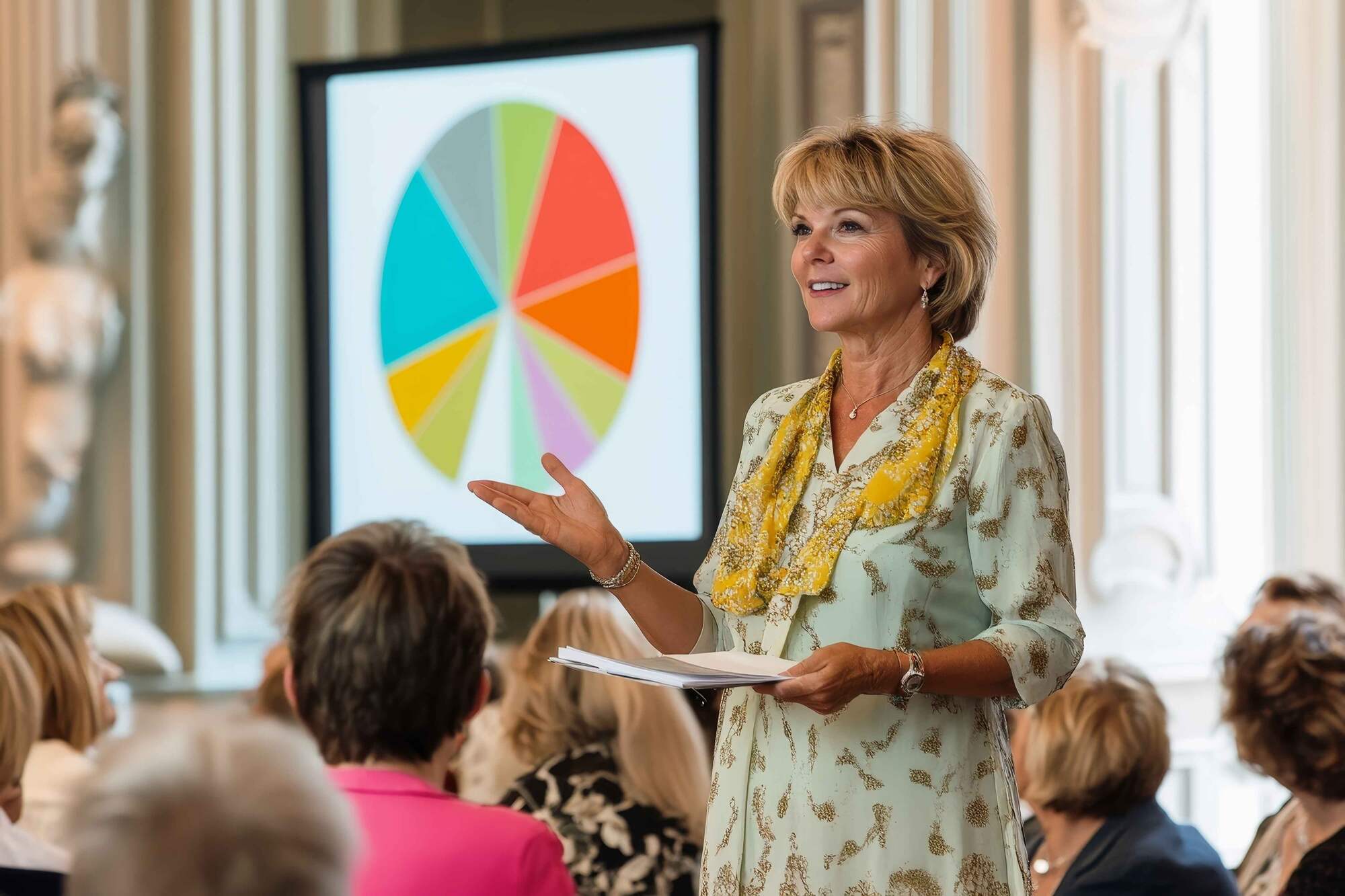Gender equality at work: we need better data and incentives

‘How can customers and shareholders influence gender equality?’ This was the question that Professor Arturo Bris bounced off four female leaders in a webinar celebrating both the 50th anniversary of Swiss women being granted the right to vote and the unveiling of a new Gender Equality Rating (GER) to be published in autumn 2021 by the IMD World Competitiveness Center.
Driving change inside and outside the workplace
Asked what practical measures they would like to see in place, pay equity, parental leave for both parents, and a gradual return to work for women after child leave came up.
The power of gender-equality measures in the workplace should not be underestimated in terms of their impact from a wider cultural perspective, panel members said.
While COVID has affected women more negatively than men given inherent workplace inequalities, it’s also set in motion new flexibility in terms of hours and location, Cody Taylor, Vice President Government Relations at Garrett – Advancing Motion, remarked.
“It’s one of COVID’s silver linings,” she said. “Let’s not lose it. We have the opportunity to reengineer our companies for 100% of the population.”
Multiple outside forces are pushing for gender equality
There is “heaps of evidence” that diverse teams outperform all male teams and that pushing for more women in senior positions is “not just the right thing to do” said Marion Leslie, Head of Financial Information at SIX, and Member of its Executive Board.
This has led to a situation in which, “when investors have to select our products, how we do on gender issues is absolutely among criteria for selection,” said Caroline Knoeri, Head Corporate Human Resources at private bank Vontobel.
“You have no idea how often job candidates, too, bring up the issue of diversity and inclusion,” she added, introducing a third force driving gender equality to the mix. “They ask us detailed questions about what we do to push it, and about the mindset of leadership. We are only able to attract those people if we have solid facts on all that.”
Once those candidates are hired, they are also driving change, pointed out Magali Anderson, Chief Sustainability Officer and Member of the Executive Committee at LafargeHolcim, building materials and solutions giant.
“It’s a question of how to make your company attractive to other women once you’re in,” she argued, herself a pioneer in this field. “But we do need to change the recruiting process. Saying there aren’t any women out there for certain roles is nonsense.”
‘What gets measured gets done’
The GER should help companies make their gender equality policies more transparent, commented Taylor.
“Companies pushing for gender equality can get some credit with the IMD ranking and showcase their results. They can use it to fine tune policies supporting their diversity numbers, but also their inclusion culture; it can help them, take advantage of the competitive strengths that a diverse culture brings.”
Those who aren’t successful, by contrast, will be pushed into the conversation by the new rating. “I hope it shows them a path forward quickly,” Taylor said. “Benchmarking, best practices will be the first thing, and then faster uptake and the yearly measure will help companies see the need for progress.”
She cautioned that this also implied some risk: “Companies looking at their peers or up and down their value chain might end up using the GER to conclude ‘we are good enough’. Therefore, this ranking must really focus on measuring results.”
What to measure to evaluate equality
“We tend to look at the symptoms – how many women were hired, promoted or got to senior level – when really it is the lifecycle of how those decisions happened we need to look at,” said Leslie.
“We need to get under the skin of smaller events that, on aggregate, add up and make a difference. For instance, let’s look at the percentage of people considered before you put the long list together, way back. Who was asked to present to the board or to do a secondment?”
If you ignore the small things all you get is large visible symptoms. Get the data on the lifecycle of an employee and learn how to influence that. The micro choices have the impact,” she said.
‘Targets that have some teeth’
Should companies follow a quota or target-led path towards gender equality? This question divided opinion among both panellists and listeners, with 59% of the latter choosing ‘targets’ when polled.
“The discussion can trigger questions like men feeling discriminated against, but that is the wrong conversation,” said Knoeri. “I am in favor of targets – but those that you measure and that are connected to a reward system.”
Taylor agreed, adding “targets are more likely to yield a culture that represents a company’s secret sauce. However, they haven’t worked well to date.” To be successful, they should be supported by the CEO and “should be linked to compensation and promotion in order to be successful.”
Knoeri cited a Google initiative several years back that put people in a mindset of considering: “How does it feel when you’re the minority?”
“By creating this more emotional connection… you identify better with what those angry people are talking about,” she said. “But it’s a multi-year program you are looking at.”
When the wording sends us off-piste
In principle a fan of quotas, Anderson said that there wasn’t actually a big difference between quotas and strong targets with incentives. I believe quotas allow a quicker uptake, however, they should be set to disappear as soon as there is enough diversity that it becomes fully embedded in the company culture. “It’s the same as saying you follow a vegan versus a plant-based diet,” she remarked.
“The language is derailing the conversation,” agreed Leslie. Citing initiatives that have broken some ice in the UK, such as the Women in Finance charter signed voluntarily by CEOs whose pay became assessed in line with targets, and a voluntary code for FTSE companies, she said:
“Both quotas and targets can work when coming from the CEO down, linked to pay, part of reviews and measured. And either is good because they provide others with information to track progress.”
But it’s not just the quotas versus targets wording that is problematic: talking too much about women instead of men can often even “annoy people”, said Knoeri.
“What if the target said, ‘We will aim to have 70% of men in senior executive roles?’” asked Leslie. “We will be happy when we have as many mediocre women in senior roles as men. How about less of seeing the women as the problem and starting to fix the system?”
Research Information & Knowledge Hub for additional information on IMD publications
This note presents a comprehensive framework for improving decision-making capabilities in high-pressure, high-stakes environments. It introduces six evidence-based strategies that help leaders maintain clarity, focus and effectiveness when facing...
Research Information & Knowledge Hub for additional information on IMD publications
Research Information & Knowledge Hub for additional information on IMD publications
in I by IMD Brain Circuits 8 May 2025
Research Information & Knowledge Hub for additional information on IMD publications
Research Information & Knowledge Hub for additional information on IMD publications
in I by IMD
Research Information & Knowledge Hub for additional information on IMD publications
in I by IMD Brain Circuits 5 May 2025
Research Information & Knowledge Hub for additional information on IMD publications
Research Information & Knowledge Hub for additional information on IMD publications
in I by IMD
Research Information & Knowledge Hub for additional information on IMD publications
Research Information & Knowledge Hub for additional information on IMD publications
Research Information & Knowledge Hub for additional information on IMD publications








